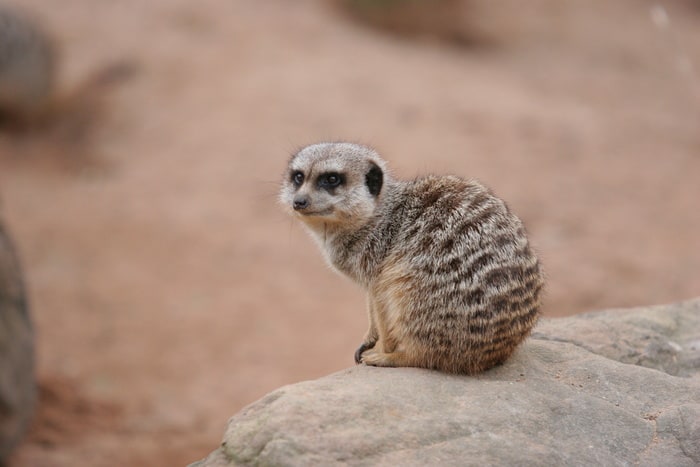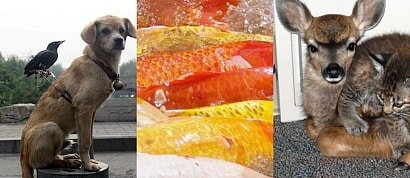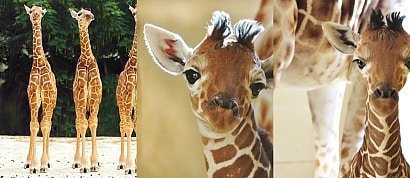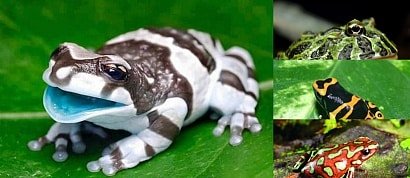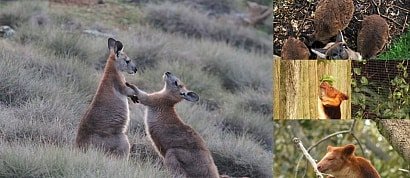A list of my favorite images of meerkats.
List #2 may be viewed here: www.listal.com/list/favorite-images-meerkats-2
en.wikipedia.org/wiki/Meerkat
The meerkat or suricate (Suricata suricatta) is a small carnivoran belonging to the mongoose family (Herpestidae). It is the only member of the genus Suricata.
Meerkats live in all parts of the Kalahari Desert in Botswana, in much of the Namib Desert in Namibia and southwestern Angola, and in South Africa.
A group of meerkats is called a "mob", "gang" or "clan". A meerkat clan often contains about 20 meerkats but some super-families have 50 or more members.
Meerkats are primarily insectivores, but also eat other animals (lizards, snakes, scorpions, spiders, plants, eggs, small mammals, millipedes, centipedes and, more rarely, small birds) and fungi (the desert truffle Kalaharituber pfeilii).
Meerkats are immune to certain types of venom, including the very strong venom of the scorpions of the Kalahari Desert, unlike humans.
They have no excess body fat stores, so foraging for food is a daily need.
Meerkats forage in a group with one "sentry" on guard watching for predators while the others search for food. Sentry duty is usually approximately an hour long. A meerkat can dig through a quantity of sand equal to its own weight in just seconds.
Baby meerkats do not start foraging for food until they are about 1 month old, and do so by following an older member of the group who acts as the pup's tutor. The meerkat standing guard makes peeping sounds when all is well. If the meerkat spots danger, it barks loudly or whistles.
The main animals that prey on meerkats are martial eagles and jackals. Meerkats sometimes die of snakebite in confrontations with snakes (puff adders and Cape cobras), but the snake does not then eat the meerkat.
In captivity, meerkats have an average life span of 12–14 years and about half this in the wild.
Added to
People who voted for this also voted for
Beautiful Thailand
Anautix' TV-Series Diary 2014
Polish Classics - Polonez
Anautix' favourite Russian Films
Movie diary May '14
2014 O Brasil !
Animal Candids 12, Odd Friendships
Anautix' favourite Spanish Movies
Cigarette Cards: History of Aviation (1932)
Tezutsu Hanabi
Matt DeMino
Cigarette Cards: Indian Chiefs (1930)
Anautix' favourite Intros of TV-Series
The Popo, part 4
Anautix' favourite Movies Worldwide
More lists from kathy
Favorite Images of Dogs & Puppies #3
Favorite Images of Giraffes
Favorite Images of Frogs #1
Favorite Images of Horses, Ponies & Wild Asses #1
Favorite Images of Dolls by Irina Andreyeva
Favorite Images of Kangaroos
Favorite Images of Food #2
 Login
Login